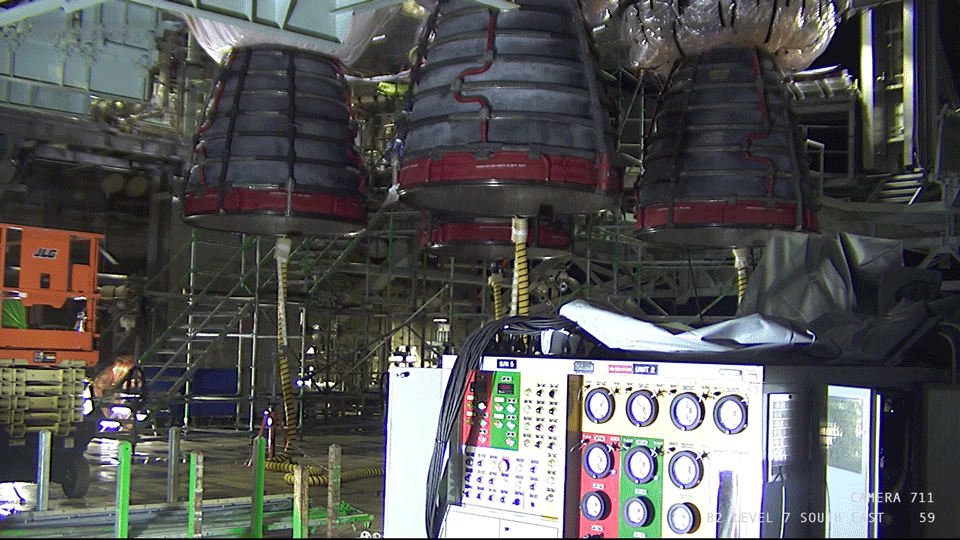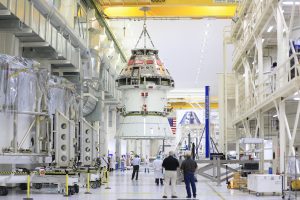Following a series of critical contract awards and hardware milestones, an update on NASA’s Artemis program is now available, including the latest Phase 1 plans to land the first woman and the next man on the surface of the Moon in 2024.
In the 18 months since NASA accepted a bold challenge to accelerate its exploration plans by more than four years and establish sustainable exploration by the end of the decade, the agency has continued to gain momentum toward sending humans to the Moon again for the first time since the last Apollo mission in 1972.
The document captures Artemis progress to date, identifying the key science, technology and human missions as well as the commercial and international partnerships that will ensure we continue to lead in exploration and achieve our ambitious goal to land astronauts on the Moon.
>>Download and read the Artemis Plan




